THE CINEMANIA OF EMILY SCHULTZ
Going screen to novel in her new book Sleeping With Friends
Emily Schultz and I would love it if our day job was endlessly snarking on films from a couch. Unfortunately, we have respective careers as filmmaker and novelist. Emily’s new novel, Sleeping With Friends, is out this week from Thomas and Mercer. It’s the story of Mia, a woman who wakes up from a coma to discover the memories of films she’s watched are grafted onto her own memories. To solve the mystery of how she ended up in a coma, Mia and her friends will have to talk through her film memories over one weekend to discover what’s real and not. This is, of course, a great opportunity to host a Cinema Dirtbag session about the films Emily references, which ones she used to deepen the mystery, and her personal favorites. —Brian J Davis
Brian J Davis: During the edit of Sleeping With Friends you were in a panic about the film references because you realized not everyone watches as many films as we do.
Emily Schultz: I was trying to do art house and extremely popular. My thought was Grizzly Man and Hellboy — why shouldn't I have both of those movies referenced in the novel? I think I even saw them in the same week.
BJD: You asked me when you were writing: what obscure movie reference could your ultra-film snob character Ethan talk about on a date, one where there's just no way any casual film person would know it? Just to up the awkwardness. And I said, “He should talk about Funeral Parade of Roses and its influence on Kubrick’s A Clockwork Orange.”
ES: You’re revealing that I referenced a movie I’ve never seen!
BJD: Which is perfect for the scene really. And I do love Funeral Parade of Roses! It's an adaptation of Oedipus Rex cast with Japanese drag queens and transwomen from 1969.
ES: Play the the trailer now.
BJD: It’s very New Wave. It’s sexy, radical, and the filmmaking is wild.
ES: Wow. I love this! This movie is Instagram style decades before Instagram.
BJD: And once you see it you can really see it in Clockwork Orange. Your character—who is not me—is not wrong. Next is Black Swan.
ES: What was funny was I wrote the scene that references this wrong, because I got confused as to who was stalking who in that.
BJD: Or maybe you made it more interesting?
ES: In the original draft that I wrote of how Black Swan played into Mia’s memories, I wrote it as if as if Mila Kunis was stalking Natalie Portman. I wanted to use this movie because I thought most people would have seen it. And because it has female competition, and a sexuality to it.
BJD: Weren't you kicked out of ballet?
ES: No, I went as a guest to my friend’s class when I was in first grade and I wasn't making the position—sort of like a little froggy position where we lay on the ground. The teacher came along and stepped on my butt to make my butt go down so that I’d be in the proper position, drill sergeant style, and I was so humiliated and it felt like a sexualized humiliation, and that was it for me.
BJD: You’re were like, “Later bunheads. I’m going to be a writer and eat pasta!”
ES: And I did! Let’s talk Election.
BJD: Election is important because your characters actually discuss how the conversation around that movie has changed and now we watch it and Tracy Flick is not the villain. Do you think that the audience has changed or was that the director’s intention all along?
ES: I think that he wanted you to be able to see all of the characters’ flaws and their attributes.
But I want to say there is also a voting scene in Sleeping With Friends.
BJD: Which you know is a direct lift from The Thing, which is a direct lift from Agatha Christie’s And Then There Were None, and now we’ll sing “Circle of Life.”
ES: All right, here we go. Eastern Promises. It’s from when my characters talk about bad voiceover.
BJD: Because we could not stop laughing while watching Eastern Promises. Every time there was the “I miss my village” letter reading voice.
ES: Well, we’re dicks.
BJD: It was traffikitsch! Now, Ghost World is really important to your story.
ES: I mean it was one of my favorite movies in the early aughts.
BJD: I think the reason you liked it is also the reason it’s in your book. It captures the moment where you break apart from your friends. When your friends are like, “I’m actually going to have a bit more of a steady life” while you’re going to go and…collect records.
ES: Gosford Park is referenced because Mia keeps forgetting who everybody is and she relates them to actors. Martin, her husband, looks like a young Clive Owen to her. Also there's a bit of a sleight of hand because of course, Clive Owen in Gosford Park is…
BJD: Are we going to spoil Gosford Park?
ES: No, because that’s a great movie to discover even now.
BJD: I have to say it is. We don't have a lot of crossover favorites. But that’s probably one of them.
ES: Yeah, I would agree with you. In the Mood for Love is also really key and that is a favorite film of mine.
BJD: There's something about you and In the Mood for Love that are fused together. All that silent yearning and smoking.
ES: I know. There’s a romance to smoking, even though I'm terribly allergic to it.
BJD: Nymphomaniac is very important. Watching all five hours of it is someone's alibi in the book. You can go on the record that you are not a von Trier fan. But you did like Nymphomaniac!
ES: Nymphomaniac almost got me. I think it was sexy, but it was also depressing. The Princess Bride I included because it is a rewatchable favorite for every woman.
BJD: Really? Everyone? Has your millennial girlfriend seen it?
ES: I haven’t asked. Should I text her? I'll text her.
BJD: Pretty In Pink, I have not seen it to this day. What is even the plot of Pretty in Pink!? I could never tell.
ES: You know, Molly Ringwald is sort of an outsider in spite of being pretty in pink, anyway, she’s a beautiful outsider. She wants to go to prom, but she wants to be unique. She lives on the wrong side of the tracks and is bullied by rich kids. I mean, it literally probably said on the movie box: “She lives on the wrong side of the tracks.” It’s funny, you’re testing my memory in trying to summarize movies that I haven't seen since the 1980s or 1990s.
BJD: I know, it’s just like your novel, Sleeping With Friends, available now.
ES: Let’s watch the trailer for Sliver. It’s in the book to serve the plot—the characters talk about whether there’s surveillance at the house they’re staying at.
BJD: It's a Baldwin. But which one?
ES: Actually, there's a joke about that in the novel.
BJD: William! He was in Flatliners.
ES: William Baldwin was in Threesome, right?
BJD: Are you sure? There’s a lot of Baldwins. [Ed. It was Stephen Baldwin.]
ES: I remember in the 1990s being confused about which Baldwin was more famous.
BJD: And that probably felt really good to some of the Baldwins.
ES: Okay, so William was in Sliver, Backdraft. He was big!
BJD: Alec was the ’80s. William was the ’90s. William was OUR Baldwin!
BJD: Oh my God…
ES: What is it?
BJD: Sharon Stone’s center part.
ES: Hannah texted back. She has seen Princess Bride. “A while ago,” she says. It was her gateway exposure to Wallace Shawn.
BJD: Your bold statement is confirmed. Now, there are a whole slew of coma films referenced and I remember when you saw Talk to Her, you were shaken. It changed you, as a writer even, and you wouldn't talk about anything else for weeks.
ES: It was really my start with Almodóvar.
BJD: But you had seen Almodóvar films before?
ES: Sometimes you find a filmmaker and they don’t really resonate with you. And then just a couple of years later, you’re old enough to get it.
BJD: Kill Bill and Talk to Her on the same bill would be an interesting night.
ES: Yeah, that would be.
BJD: For the record, I think Bad Education is the best Almodóvar. Like, one of the best films ever made.
ES: I went with a different Gael García Bernal film in Sleeping With Friends.
BJD: Obviously! And I'm now pulling up the Y tu mamá también trailer.
ES: This is a definite “How does this play today?” pick.
BJD: I’m like, whatever Saltburn. Do you want to hear about a movie called Y tu mamá también?
ES: Good burn.
BJD: Good Saltburn!
ES: I mean, me and my friends were not that old when we saw this film. We were closer in age to the boys.
BJD: And now you’re the older woman, driving around, “Where’s Heaven’s Mouth?”
ES: It's true! Also this trailer has no dialogue whatsoever.
BJD: They’re doing that thing that art house trailers always did with foreign language films. Avoid revealing it at all costs. Like what they do with musicals now.
ES: So Americans wouldn’t necessarily know that they were going to go watch a subtitled film.
BJD: We’re different though. We used to live in Canada, where they have subtitled cereal.
ES: How do you say Cap’n Crunch in French?
BJD: Captaine Croquer! And now John Wick.
ES: John Wick is actually a plot point. What’s interesting about that was I put it in without having seen any John Wick. And then when John Wick Chapter 4 came out, I went and saw it at the theater.
BJD: You jumped into the John Wick mythos on the fourth movie?
ES: It’s really not hard to do.
BJD: Let’s finish with Vertigo. You give one of your characters a real thing that happened to us and it’s one of his life changing moments.
ES: Well, first of all, let me say that Vertigo was my favorite movie as a 12-year-old girl, and that’ll tell you a lot about me. Okay, so the story of what really happened to us.
BJD: This is probably 2008 or so. I have a performance in San Francisco at a squatted art space that got busted. We have to drive down to LA for the next show. We’re a little bummed, so we’re going to do the Pacific Coast Highway and the tourist stops: Big Sur, San Simeon, and then you point out, “Brian, the mission where they filmed Vertigo is only ten miles off the highway.” So we’re driving through Northern California: windy, twisty roads, vineyards. It’s Zodiac land. We’re lost in the middle of nowhere. And then we come to this restored mission. We parked the car, but Emily is so excited she runs out of the car, camera in hand, shouting in joy.
ES: “My God! The stables. It’s the stables from Vertigo. Jimmy Stewart and Kim Novak sat right there in that carriage!”
BJD: It’s about a 10-minute visit, like max. Then we go to get in the car and Emily in her excitement had locked the keys in it. We have no cell reception, but there is this tiny, staff-of-one, State Park museum across the road. They let us use the phone, but AAA is going to be two hours. Then, this ranger looks at us—hungrily. She claps her hands and says, “Well let’s turn this into a positive. I’m going to talk to you about California history and the El Camino Real.” Suffice it to say, we don’t have our Pacific Coast Highway trip, but we gun it to LA for the show and it’s amazing one.
ES: Did get an amazing photo of myself in front of the mission though.
BJD: The bell tower isn’t even there. It was a matte painting!
ES: Movie magic.




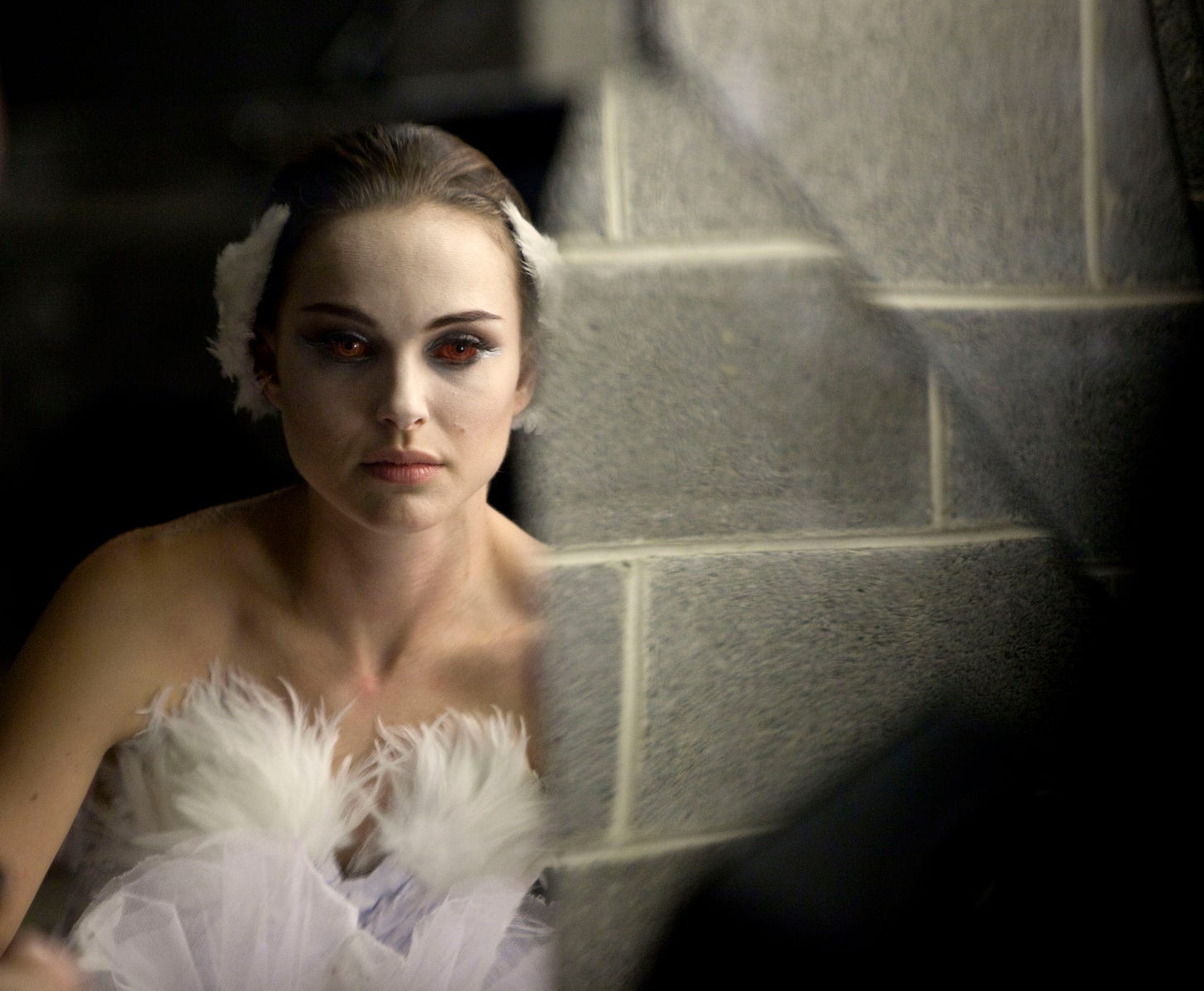
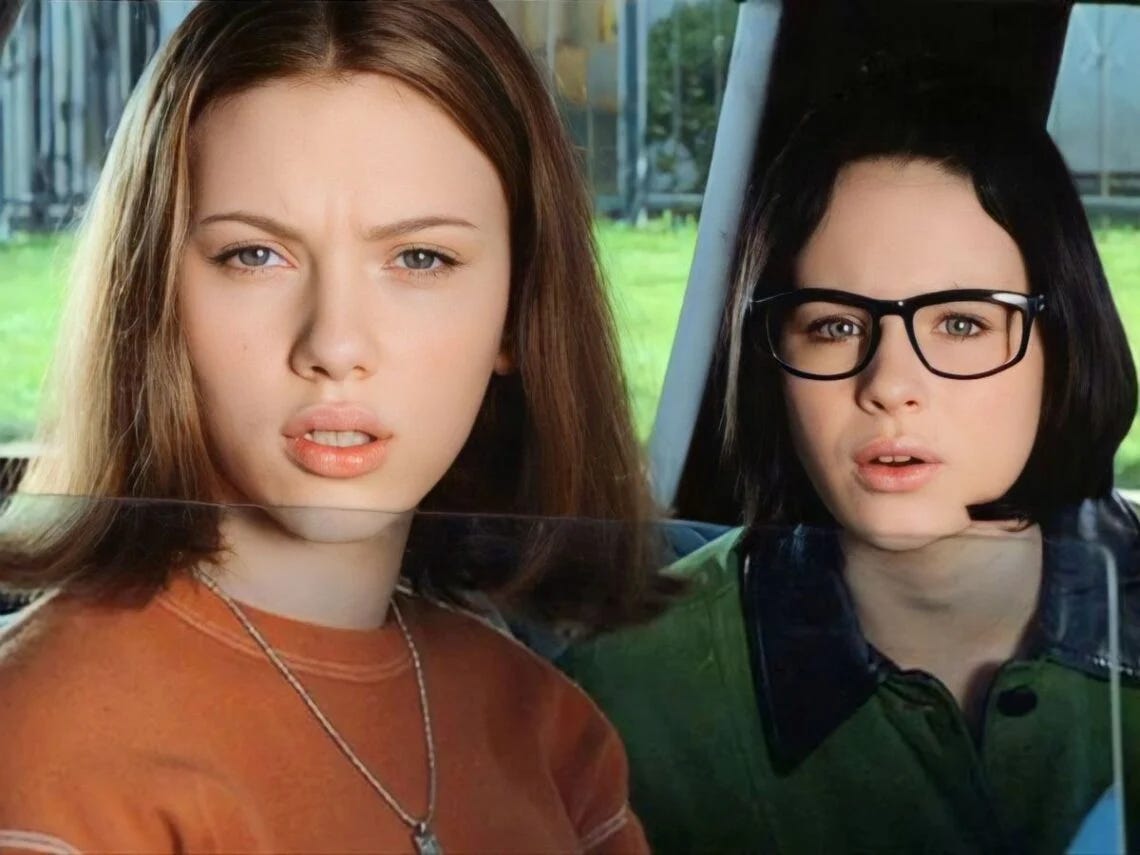
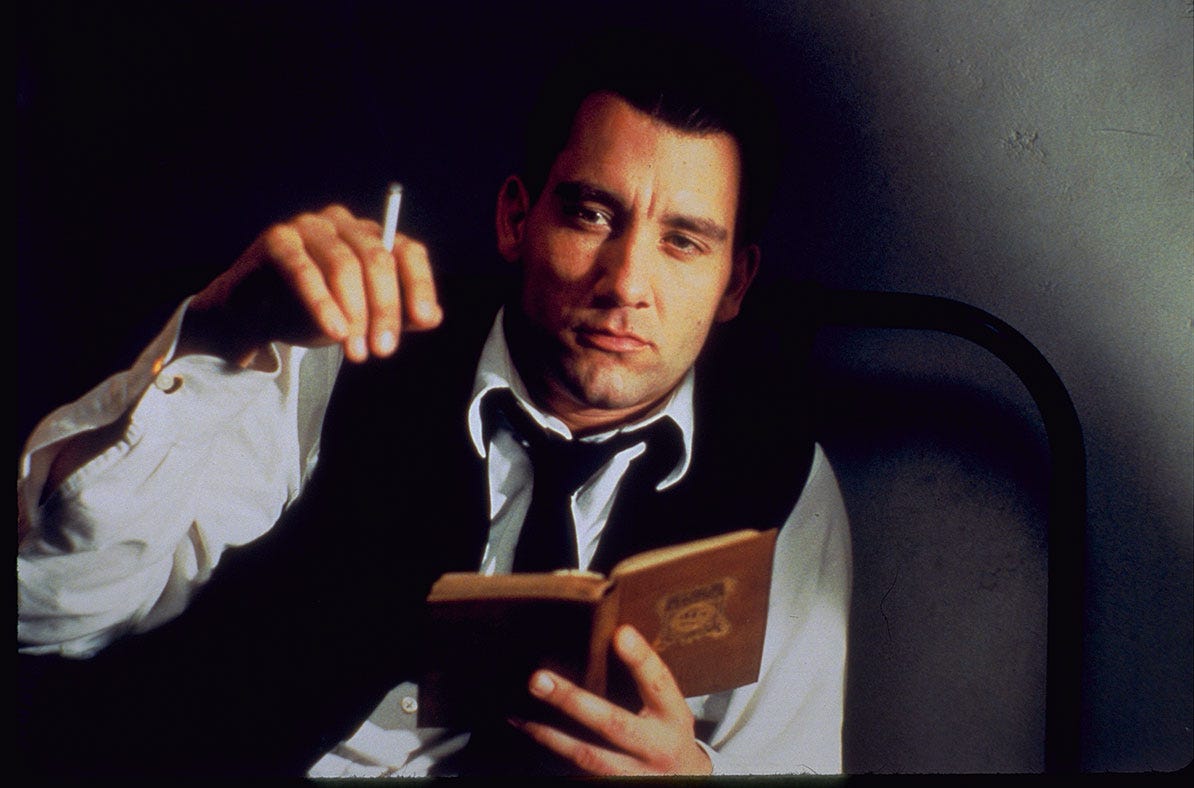
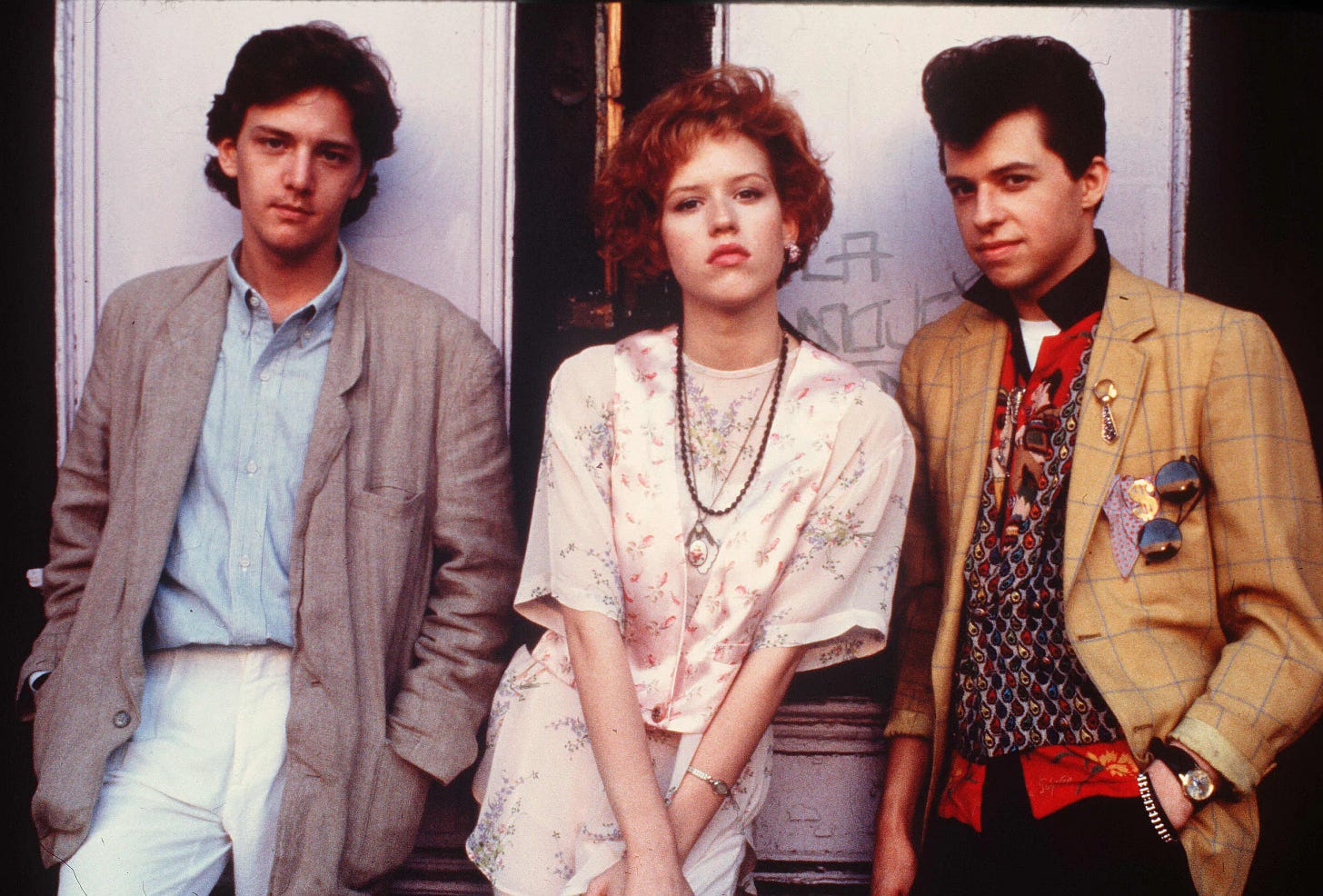

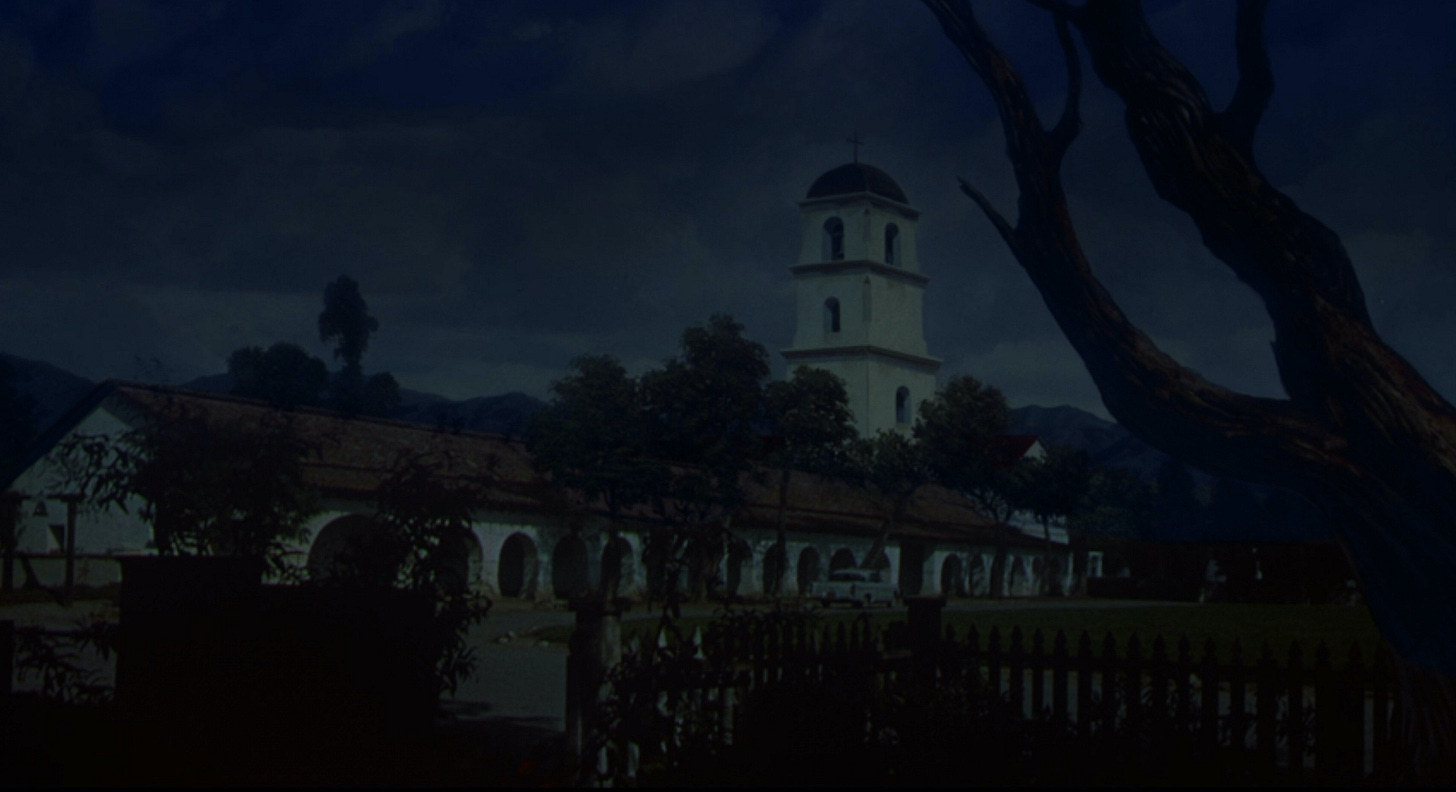
Well, now I can't wait to read the novel AND watch Funeral Parade of Roses.